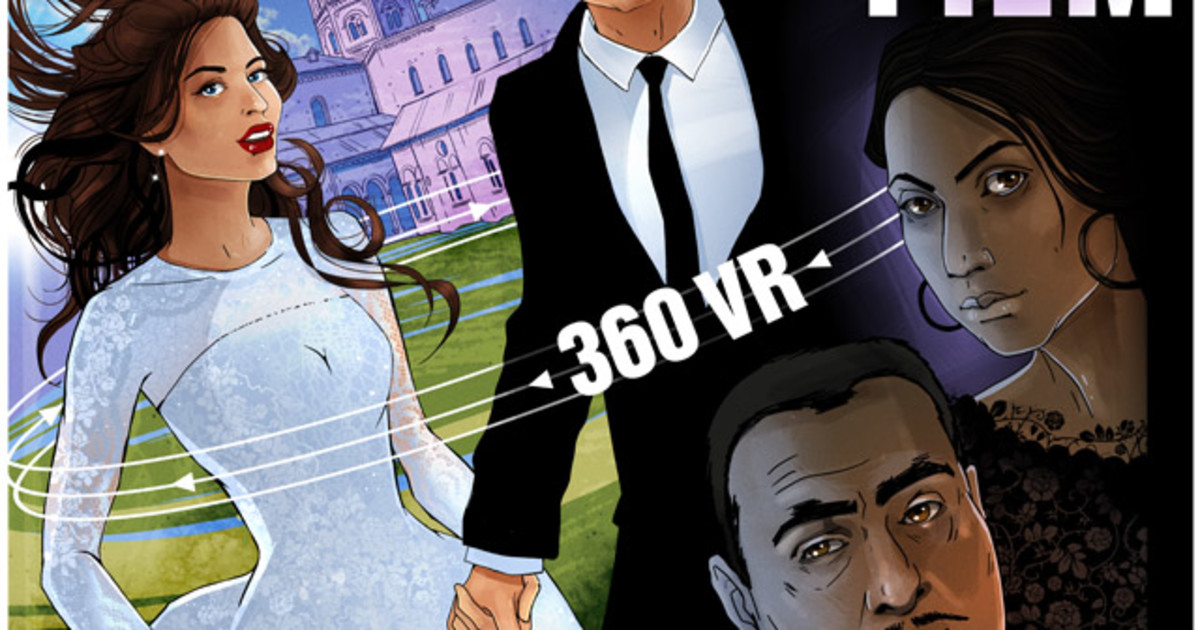

W or H = width or height of the sensor format Įxample of the case of a 15 mm fisheye lens in format 24x36 - manufacturer data SD = 180 ° - and the camera is set vertically: MFOV = field of view given by the manufacturer for a lens HFOV = effective field of view of the lens

A rule of three enables to find the angle you're looking for very easily. So either on the smaller side if the camera is in a vertical position (also called portrait mode), either in the width if the camera is placed horizontally (also called landscape mode).Ĭaution: catalogues almost always indicate the field of view of the lens in its diagonal. This field of view is the real field of view of the lens. (70/100 = only 70% of the photo is effective since 30% are used as overlap zone).
#360 vr photo formats manual
Choice of the number of imagesĪ very simple formula can give you quite an accurate idea of the number of photos you'll have to shoot depending on the final panorama you're expecting with a manual panoramic head, keeping in mind that it is not important that all overlaps have the same percentage : It goes from two photos shot with a circular fisheye to hundreds shot with a teleobjective lens. With those two facts in mind, you can now calculate the number of photos you'll need in order to cover a complete sphere. You need to remember that it has an advantage that we'll detail later about the possibility to zoom in the image but we'll only talk about the number of photos to shoot to cover a complete sphere here, sticking to the facts.īesides, we know that for two consecutive photos to stitch easily and automatically, they must present an overlap surface of at least 15/20% - 30% being ideal. The tree best fisheye of the market : Nikkor 8-15 mm Fisheye, Canon 8-15 mm and Pentax 10-17 mm Fisheye. So if instinctively you'd think of the most common short focal, 28 mm (in 24x36 so its 17mm equivalent in APS-C), you'll still have to shoot more than 30 photos to cover this sphere completely.

You can probably guess right away that the shorter the focal, the lower the number of photos you'll have to take to shoot a complete sphere. Next key points: What photo lens to choose? I don't recommend it, except if you only have it at hand! My advice! If you're tempted by a 14 mm, this focal (for 24x36 sensor) is often expensive, doesn't stitch as fast and as well as a fisheye and you'll need more photos without gaining quality.
#360 vr photo formats full
Nowadays, I think a good compromise with sensors around 20 Megapixels is 8 photos with a 10mm fisheye if you have an APS-C (Canon 760D or Nikon D5300 or D7200) and 15 or 16 mm Fisheye if you have a full format sensor (Canon 5D Mark IIV or Nikon D610/D750/D850). So the more photos you want, the more time you'll need to shoot the virtual tour but the bigger it'll be and the more you'll be able to zoom in. With for instance a 24 mm, you need 22 photos etc. With a full format fisheye lens, you need 8 photos (ideal according to me) With a circular fisheye lens, you need 2/3 photos, Since it's about shooting a complete sphere of 180x360°, you know intuitively that it depends on the focal used: THE big question: how many photos do I need to make a virtual tour? The rest of this page is aimed at people who want to learn more about it.

Here are the key points to remember about the choice of the focal and the lens to make a virtual tour.


 0 kommentar(er)
0 kommentar(er)
